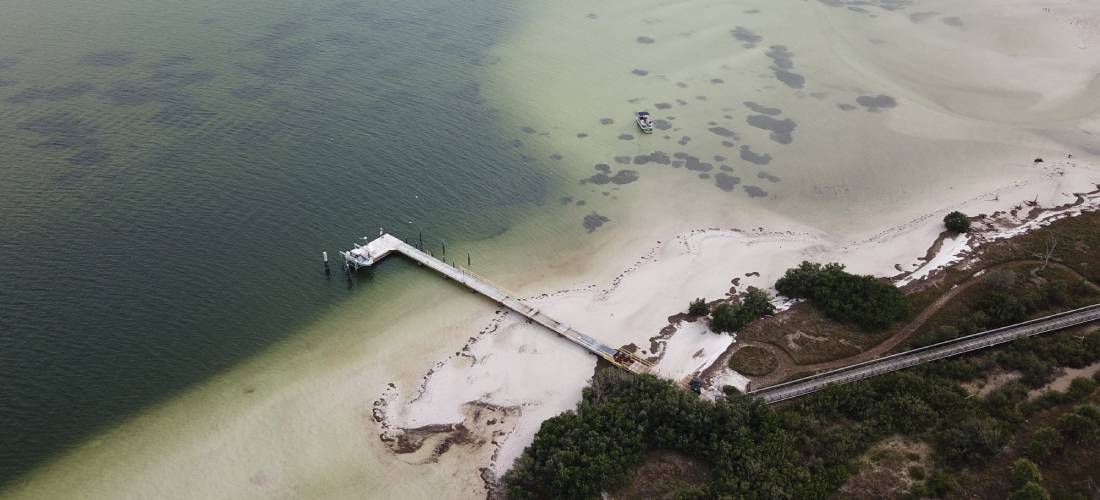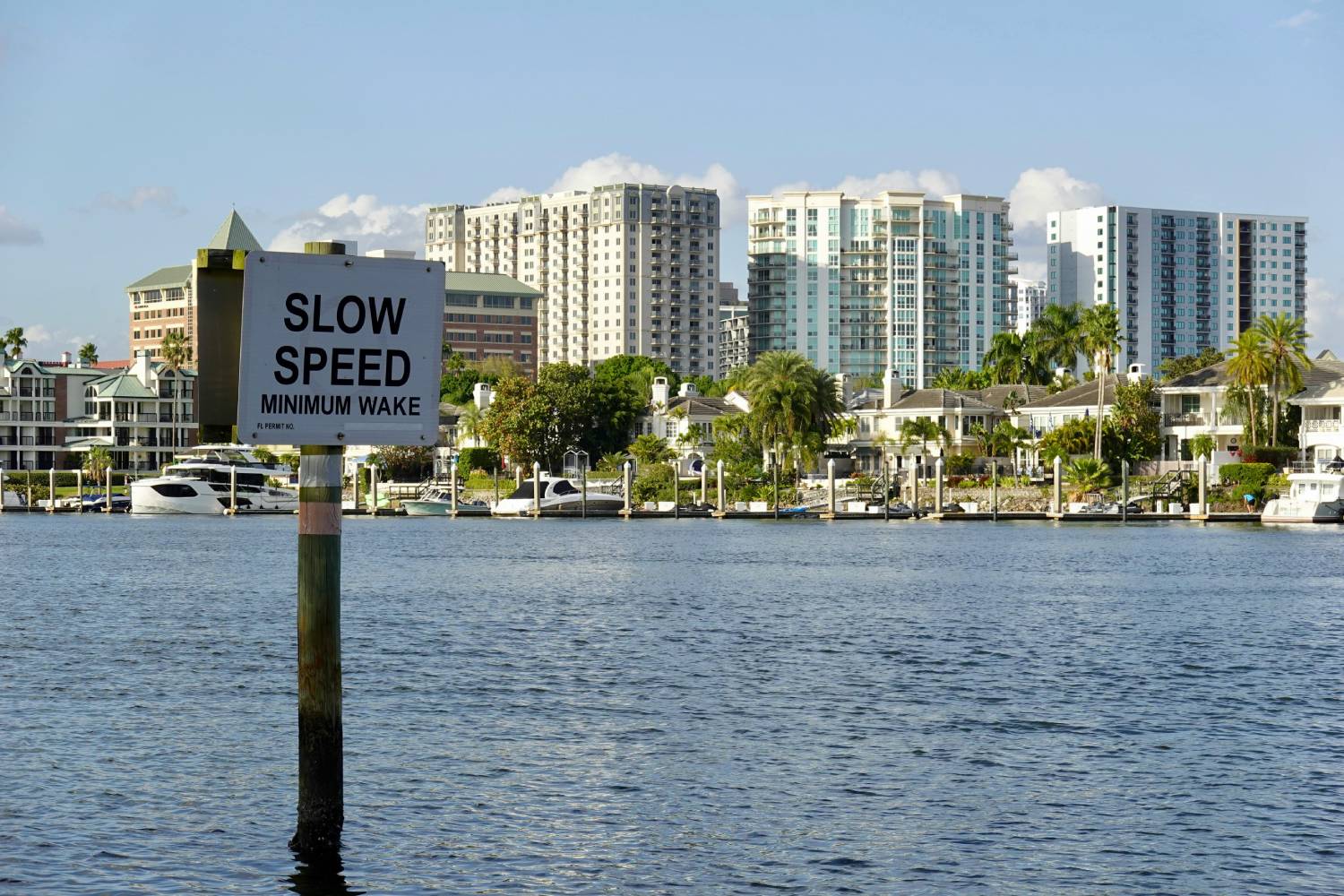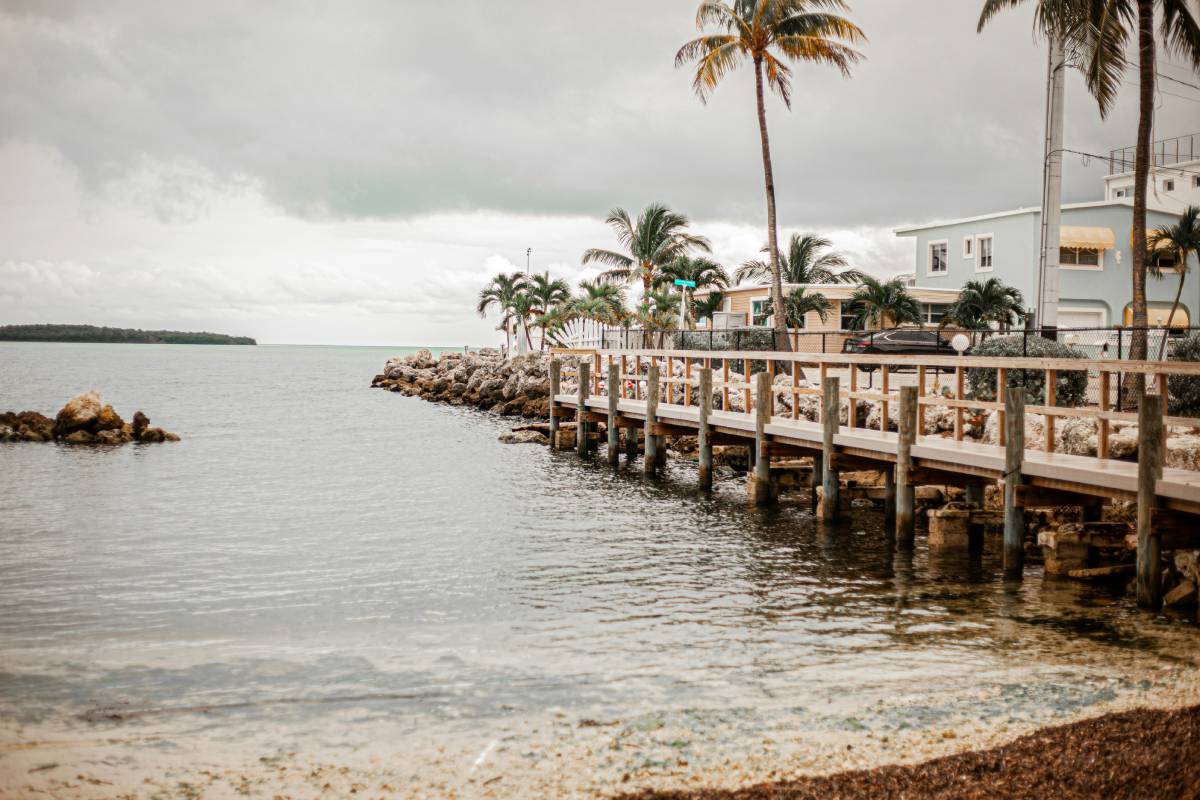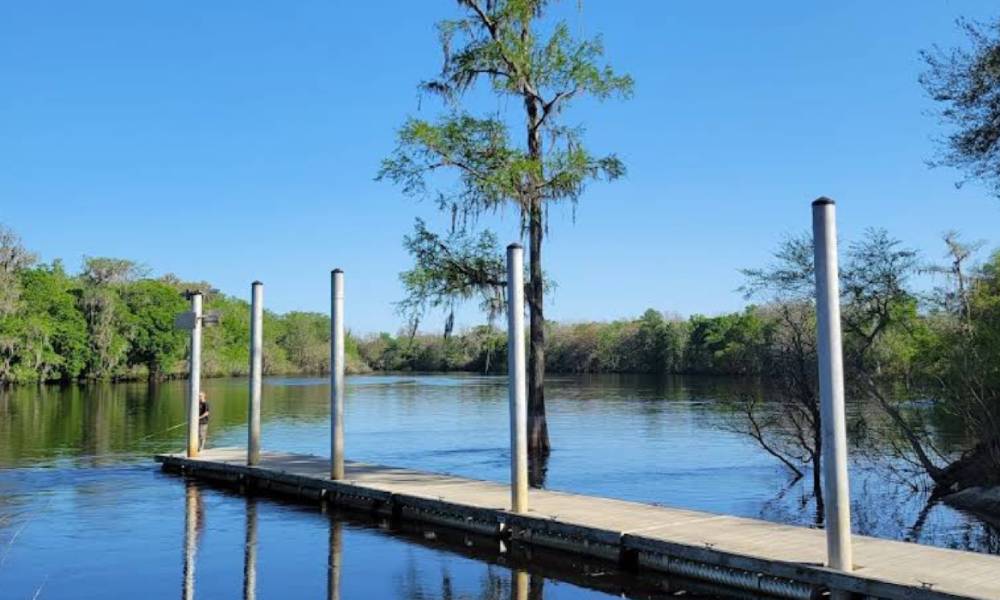

By Craig Wheeler
Thu Jan 11 2024
Tying Off: Ensuring Safety at Boat Docks Amidst Hazardous Conditions
The Foundation of Dock Safety: Tying Off Correctly
Securing your vessel at the dock is a critical boating skill that goes beyond mere routine; it's a fundamental practice that upholds the safety of your boat, yourself, and the broader boating community. Despite its importance, the art of properly tying off a boat is often undervalued, leading to preventable mishaps and accidents. Especially under hazardous conditions, such as strong currents, shifting tides, or severe weather, the manner in which you tie off your boat becomes even more crucial.
Hazardous conditions introduce a variety of challenges at docks, necessitating not only the correct execution of secure knots but also a comprehensive understanding of the environment. This includes recognizing the potential dangers posed by worn or damaged docking facilities, fluctuating water levels, and unexpected weather changes. Adopting a vigilant approach to docking under such circumstances is indispensable for ensuring safety.
Knots to Know: Securing Your Boat with Confidence
The selection of knots used when tying off a boat is pivotal. Knots like the bowline and cleat hitch stand out for their reliability; they secure the boat firmly while remaining straightforward to untie when necessary. The integrity of your mooring lines is equally important – inspecting them regularly for signs of wear or damage is a preventive measure that cannot be overlooked. Utilizing ropes in good condition is a simple yet effective way to mitigate risks.
Moreover, understanding the nuances of each knot and when to apply them, based on the specific conditions and requirements of your docking area, enhances your preparedness. Regular practice in knot-tying, coupled with knowledge about the strength and limitations of different types of mooring lines, forms the cornerstone of proficient boat docking.
Awareness and Adaptability: Responding to Docking Challenges
Awareness of the immediate environment and adaptability in the face of unforeseen challenges are qualities that every boater should cultivate. Vigilance in observing the condition of the dock, including potential hazards like loose planks or unstable fixtures, is a proactive safety measure. Similarly, keeping an eye on the water's behavior around the dock can offer early warnings about emerging risks, allowing you to react accordingly.
This heightened sense of awareness, when combined with a solid foundation in docking practices, equips boaters to navigate even the most challenging conditions with confidence. It emphasizes the importance of not just reacting to hazards, but actively working to foresee and mitigate them through careful preparation and ongoing education.
A Safe Harbor: The Collective Responsibility of Dock Safety
Ensuring safety at boat docks, particularly amidst hazardous conditions, is a shared responsibility that extends beyond individual boaters to encompass the entire boating community. Through diligent practice, proper use of equipment, and a commitment to safety, boaters can significantly reduce the risks associated with docking. Embracing a culture of safety and preparedness, supported by continuous learning and community engagement, creates a safer environment for everyone who takes to the water. As we tie off with care, let us remember that each knot, each check for wear, and each moment of caution contributes to not just our safety, but the safety of all who share our passion for boating.
Looking for boat ramps near you? Use our free app to find launch locations with facility info and directions. Save your favorite boat ramps for quick access anytime. Download Boat Ramp Locator on Google Play.
Related Articles
-
 Sat Jul 19 2025
Sat Jul 19 2025Guide to Boat Ramps in Tampa Bay
Tampa Bay has no shortage of accessible boat ramps, and many of them are open around the clock.
-
 Sat Jul 12 2025
Sat Jul 12 2025Top 10 Hotels With Boat Docks in the Florida Keys
Finding a hotel that also offers boat docking can turn a good trip into an unforgettable seafaring a
-
 Wed Jul 09 2025
Wed Jul 09 2025How to choose the best boat ramp on the Suwannee River for your boat size.
The Suwannee River is a legendary waterway in North Florida, winding through cypress forests, limest
